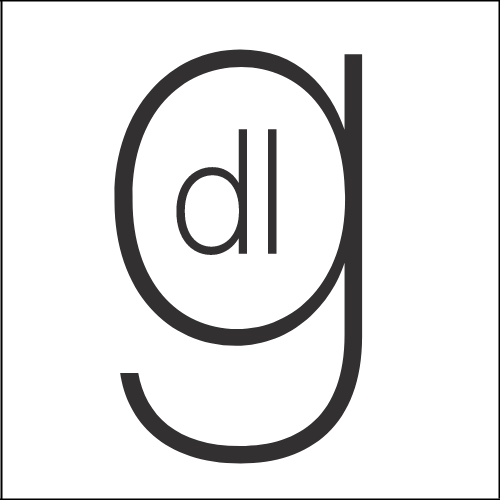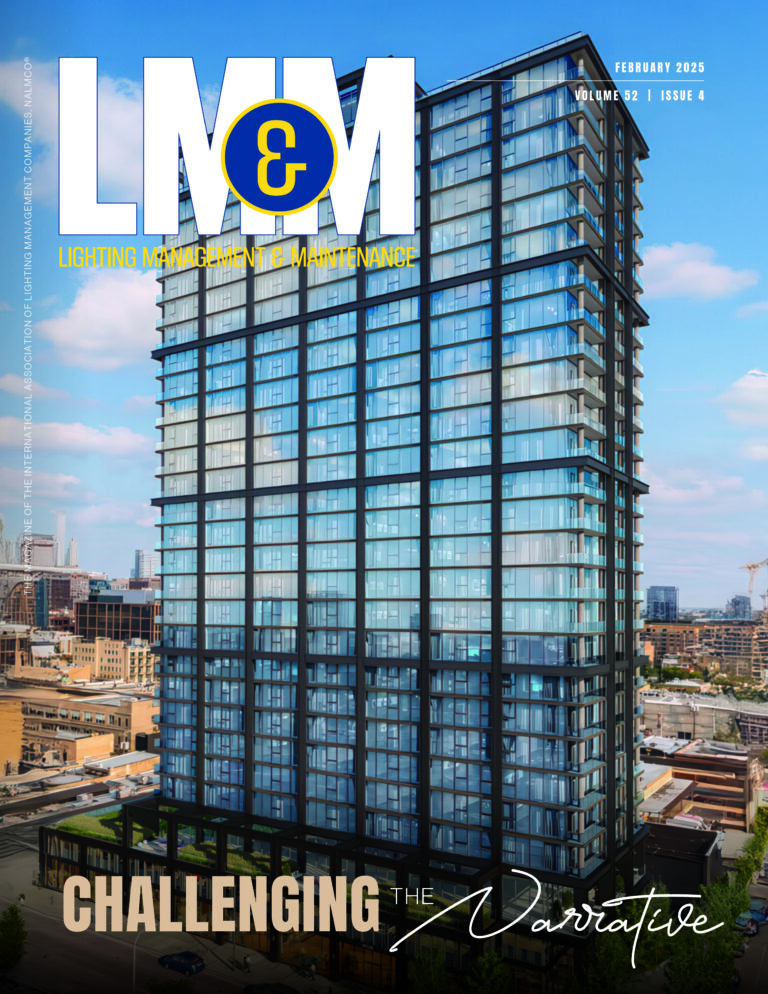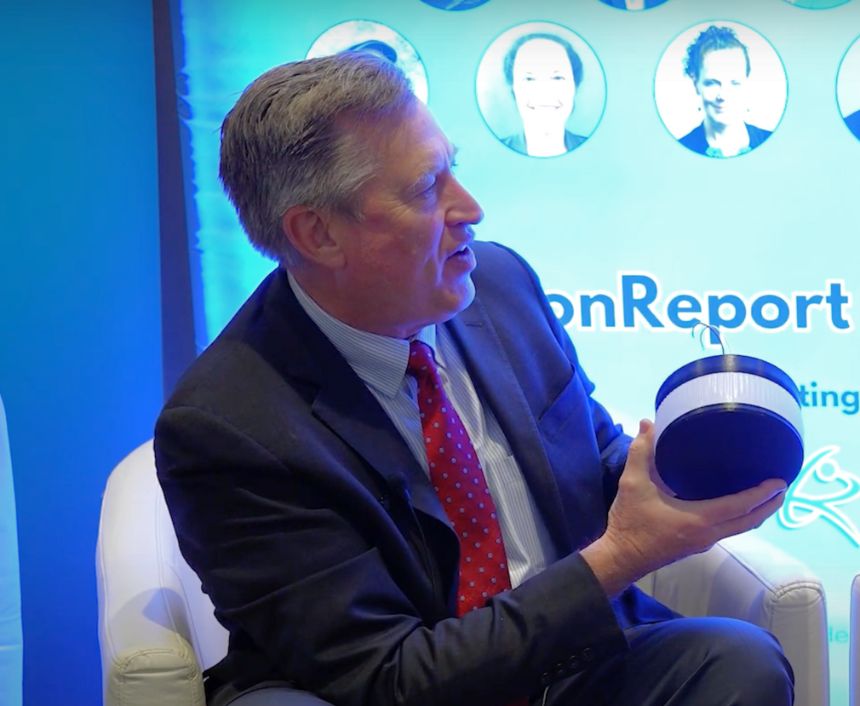Cooper Lighting Solutions Leads the Way in Sustainable and Maintainable Lighting
At LEDucation 2025, Randy Reid sat down with Lance Bennett, Vice President of Specification Sales for Cooper Lighting Solutions, to discuss sustainability and maintainability in the lighting industry. Bennett, who also received a Lifetime Achievement Award, shared insights into how Cooper Lighting is pioneering sustainable practices and forward-thinking design to address long-term lighting challenges.
Sustainability at the Core
As part of Signify, the world’s largest lighting manufacturer headquartered in Europe, Cooper Lighting has sustainability embedded in its DNA. Signify has long championed environmental responsibility, making sustainability one of its five core pillars.
“For the last 10 to 15 years, discussions around sustainability have revolved around topics like recycled components, Declare labels, Living Building Challenge, and Environmental Product Declarations (EPDs),” said Bennett. “However, in recent years, maintainability has emerged as a key consideration.”
The industry is now grappling with the realities of maintaining LED installations that were designed over a decade ago. While LEDs boast impressive lifespans, drivers and other components inevitably require replacement, prompting specifiers and designers to seek long-term solutions.
Designing for Longevity
Recognizing this need early on, Cooper Lighting invested heavily in an Innovation Center, committing to designs that ensure both forward and backward compatibility.
“We’ve been developing products with the future in mind from day one,” Bennett explained. “Many of our commercial and specification-grade products are designed to accommodate end-of-life upgrades.”
One example is Cooper’s recessed downlights, where new LED modules can be retrofitted into fixtures installed a decade ago. By allowing for modular upgrades—such as swapping out optics for different beam spreads—these products extend the lifecycle of lighting systems while reducing waste.
For outdoor applications, Cooper Lighting has designed site fixtures with removable LED light squares. Instead of replacing an entire luminaire on a 20- to 30-foot pole, users can simply swap out the LED modules or drivers with minimal effort.
“The first thing to fail in an LED system is usually the driver,” Bennett noted. “We’ve made it so that, with just a few screws, the driver can be replaced without disassembling the entire fixture.”
The Circular Economy in Action
Cooper Lighting’s approach goes beyond just modular components. The company is also integrating circular economy principles into its product designs. One example is a new surface-mounted downlight that allows users to replace decorative shades instead of entire fixtures.
“In hotels, for instance, interiors are refreshed every five to seven years, but lighting is often left untouched,” said Bennett. “Now, clients can send back outdated decorative elements for recycling and receive new ones that match updated decor.”
The old components are repurposed—such as being recycled into lunch trays for schools—demonstrating a full-circle approach to sustainability.
Spreading the Word
Despite these advancements, Cooper Lighting acknowledges that more needs to be done in terms of industry awareness.
“We haven’t yet done a great job of telling people that they don’t have to throw away entire fixtures,” Bennett admitted. “Through platforms like EdisonReport, we hope to amplify this message and encourage designers, specifiers, and facility managers to consider upgrade options before full replacements.”
With sustainability and maintainability at the forefront, Cooper Lighting Solutions is setting a new standard for how the industry approaches long-term lighting solutions. By prioritizing adaptability and circular economy principles, the company is leading the way toward a more sustainable future.





